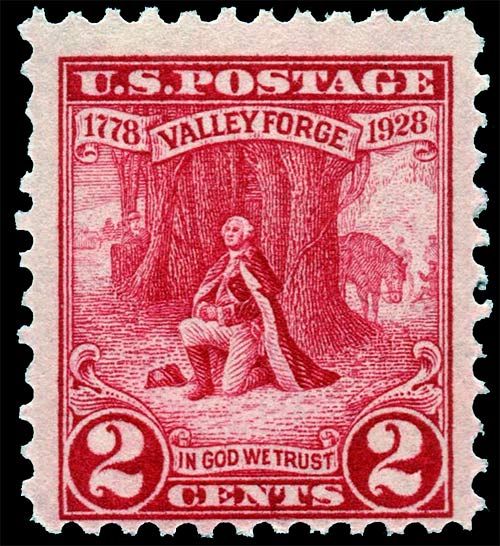Basic Info
2¢ Light carmine, bright carmine, deep lake carmine
Printing Method: Flat Plate
Subject: Washington at Valley Forge
Number issued: 101,380,828
Perforations: 11
Watermark: Unwatermarked
Scott #: 645
Issued: May 20th, 1928
Value
Used
20¢ - 35¢
No postmark with gum (MH)
25¢ - 50¢
Full perfect gum, no postmark
no trace of stamp hinge mark (MNH)
75¢ - $1.50
Plate #'s
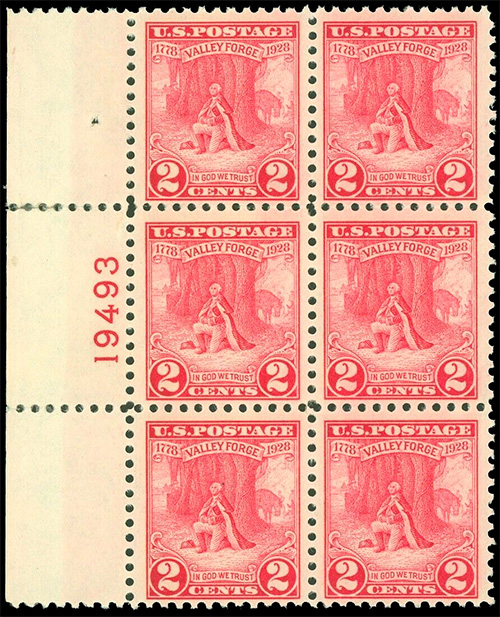
#645 was issued with the following plate #'s
Number only
19493-97
19500-02
The Design Inspiration
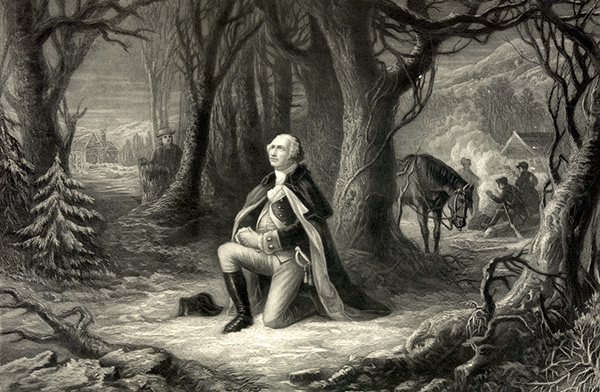

The inspiration for the design was the engraving "The Prayer at Valley Forge," engraving by John McCrae (top image), based on the painting by Henry Brueckner, ca. 1889 (bottom image).
The story behind the stamp
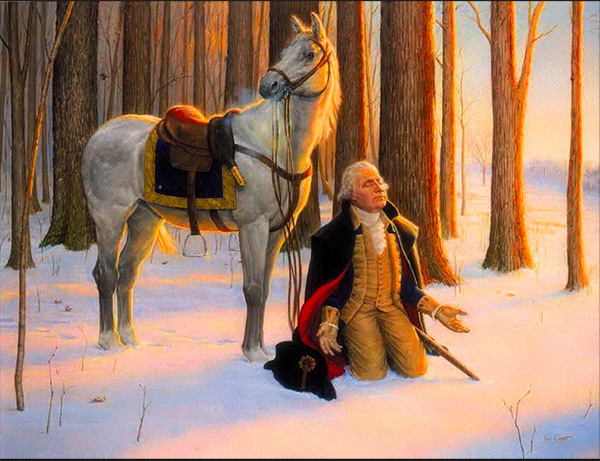
In 1926 the United States celebrated 150 years since independence, to commemorate this the Post Office were in the middle of releasing stamps that depicted events during the Revolutionary War.
This was an event that never happened. The prayer myth was originated by Mason Locke Weems in his 1804 book 'The Life of George Washington'. Weems was 100% huckster and the novel was written so that it would glorify and feed into Washington's post war adoration, for financial gain. He succeeded, he gave the public what they wanted to hear. This myth along with most of his tales about Washington were allegories for George Washington's virtues. In this case it was Washingtons religious tolerance (not his observance).
It should be noted that although the prayer event was a myth, George Washington, an Anglican, was a pious Christian and believed America could not be moral without religion.
The man behind the tree in the engraving, but not the painting, is a representation of Issac Potts, a man who was a friend of Weems and who spied the event, according to the prose.
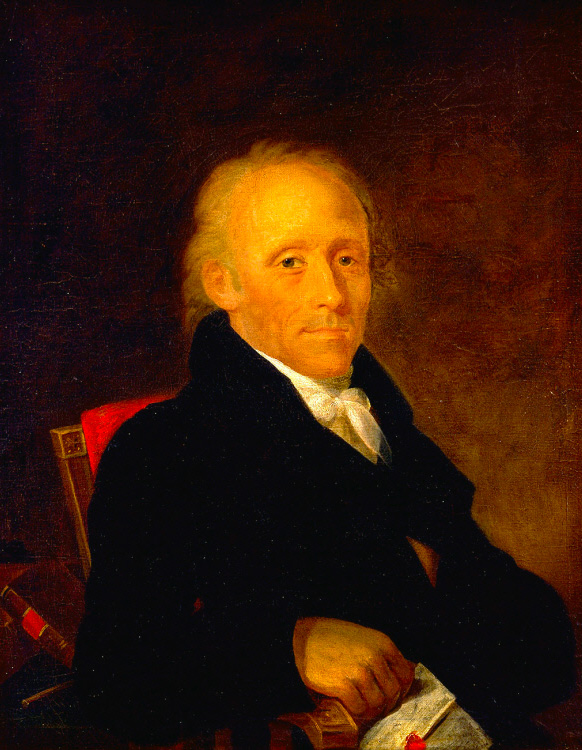
Mason Locke Weems
The originator of the prayer myth
